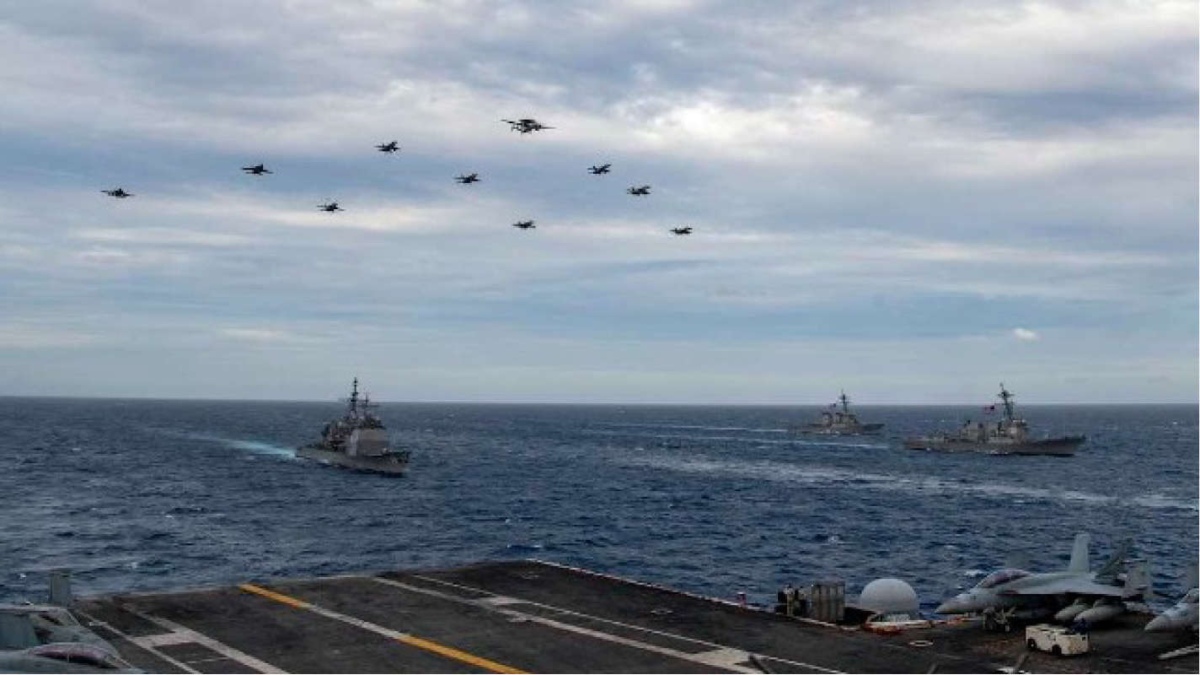


BEIJING: The Trump Administration might have gone away, but the tension with China, especially in the South China Sea continues to persist. The Chinese military recently conducted a live-fire drill to test its response to repeated missile attacks in a “far sea” and Washington also has been stepping up reconnaissance activities in the area.
According to South China Morning Post, there are fresh signs that from the Chinese and the American armed forces that tensions over the South China Sea will continue. The Chinese military’s Southern Theatre Command conducted a live-fire drill to test its response to repeated missile attacks in a “far sea”, state broadcaster CCTV reported on Saturday without saying when or where the exercise took place.
The drill involved the guided-missile destroyer Yinchuan, guided-missile frigate Hengyang, the amphibious dock landing ship Wuzhishan, and the support ship Chagan Hu, according to the report. The Southern Theatre Command is responsible for overseeing the vast waters claimed by China in the South China Sea.
At the same time, the US has been stepping up reconnaissance activities in the area. The US also sent a reconnaissance aircraft to fly over the South China Sea off the coast of Taiwan on Saturday, the think tank said in another post. China claims virtually the entire South China Sea, something which is contested heavily by several countries in the region.
China’s territorial claims in the South China Sea and its efforts to advance into the Indian Ocean are seen to have challenged the established rules-based system.
China has been increasing its maritime activities in both the South China Sea and the East China Sea over the past few months, partly in response to Beijing’s concerns over the increasing US military presence in the region because of escalating Sino-US tensions.